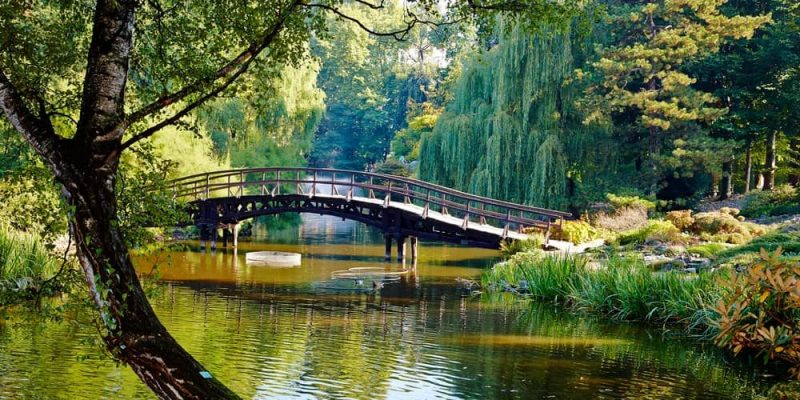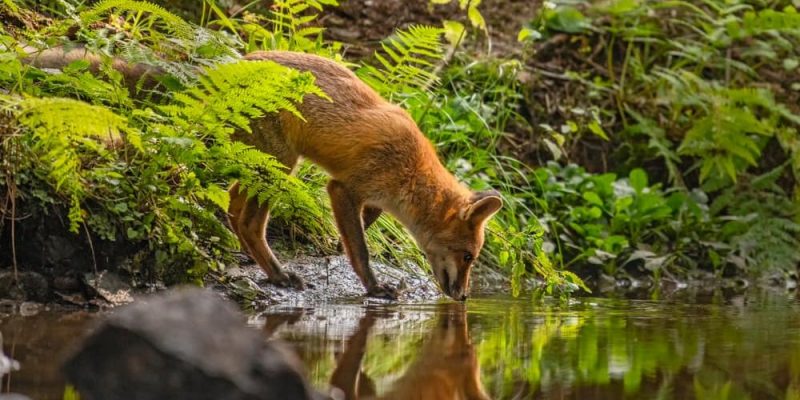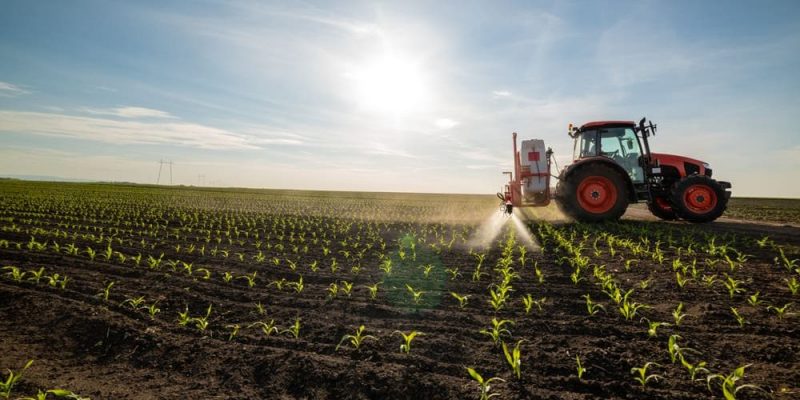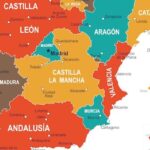We explain what natural elements and social elements are in geography, their differences and examples of each one.

What are natural and social elements?
In geography, we talk about natural elements and social elements to refer to the two fundamental types of components of geographical space that is, to the two categories of objects that constitute it. These elements occupy a place and a territorial space, and usually exist in combination.
However, they can be easily distinguished from each other, since natural elements are the fruit of nature spontaneous, while Social elements are derived from the actions and history of human beings. This difference between them can be summarized as follows:
| natural elements | Social elements |
| They are created by nature, spontaneously. | They are the result of the action of human beings and the modifications they incorporate into their environment. |
| They have their own existence independent of human beings. | They are limited to human life: culture, society, economy. |
| They make up the environment and the various ecosystems. | They make up human civilization. |
| They can be used economically by humans. | They allow human beings to live in an organized and safe way. |
By paying attention to these two types of elements of geographical space, we can detail the landscape, and observe what is unique about each place.
See also: Urban area and rural area
Examples of natural elements

Some examples of natural elements are the following:
- The vegetation in its different forms: trees, bushes, plants, herbs, etc.
- The immense variety of the animal kingdom: insects, mammals, reptiles, birds, fish, etc.
- The beings of the microscopic world such as bacteria, viruses, protozoa, etc.
- The chemical elements that make up the Earth same and that we can find in the form of minerals, stones, rocks and crystals.
- The water courses such as rivers, lakes, lagoons and seas, as well as the frozen water of ice in mountains, icebergs, etc.
- The mass of gases that make up the atmosphere and what we call “air”.
- The mountains and elevations of relief of the earth's surface.
Examples of social elements

Some examples of social elements are the following:
- The cities towns, villages, hamlets and all types of human settlements, including cemeteries.
- Any type of buildings: houses, buildings, palaces, temples, etc.
- engineering works: bridges, stairs, streets, squares, highways, etc.
- The borders and political delimitations between countries and nations, as well as the countries and nations themselves.
- The cultural traits of the human population: the language they speak, the religion they practice, the traditions they share.
- the walls fences, fences and other barriers constructed by humans.
- The crops farms, farms and all areas of agricultural activity, as well as mines and sawmills.
Continue with: Natural components of the Earth
References
- “The natural and social elements of our town” by Angélica Pacherres Ramos at the National University of Trujillo (Peru).
- “Geography study syllabi” at the National Polytechnic Institute (Mexico).
- “Natural and social elements” (video) in School of Apprentices.





